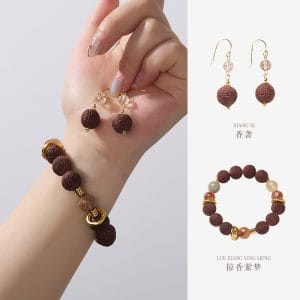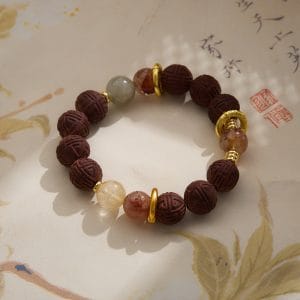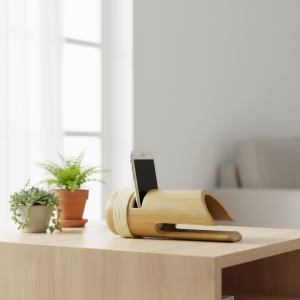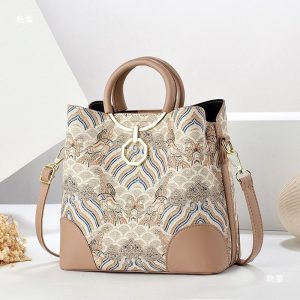Understanding the Delicate Nature of Handmade Cultural DécorHandmade cultural home décor carries more than aesthetic value—it embodies traditions, craftsmanship, and often irreplaceable heritage. Unlike mass-produced items, these pieces demand specialized care due to their unique materials and construction methods. Whether it’s a handwoven Moroccan rug, a delicate Indonesian wayang kulit shadow puppet, or a Navajo pottery vase, each item tells a story that requires preservation. The fibers, dyes, and natural materials used in these creations are frequently susceptible to environmental factors like humidity, sunlight, and even air quality. Industry reports suggest that improper care leads to around 6%–12% of cultural décor items deteriorating prematurely, losing both their beauty and historical significance.

Start by researching the origins of your piece. A Balinese wood carving, for example, may need occasional oiling to prevent cracking, while a Tibetan thangka painting demands protection from direct light to preserve its mineral pigments. Always handle items with clean hands—oils and dirt can degrade materials over time. For textiles, gentle vacuuming with a mesh screen protector prevents fiber damage. Avoid harsh chemicals; even common cleaning sprays can react unpredictably with natural dyes or finishes. When in doubt, consult cultural experts or conservators who understand the specific needs of traditional craftsmanship.
Practical Maintenance Strategies for LongevityCreating a preservation-friendly environment is key. Rotate displayed items seasonally to minimize light exposure—UV rays fade colors and weaken organic materials. Maintain stable humidity levels (ideally 40-50%) to prevent warping or mold; silica gel packets in display cabinets help control moisture. For metallic accents on pieces like Indian bidriware or Peruvian filigree, use microfiber cloths to reduce oxidation. Storage requires equal attention: wrap delicate objects in acid-free tissue, and never stack heavy items on top of textiles or ceramics.
Address repairs proactively but cautiously. A loose thread on a Persian kilim should be secured with a conservator’s knot rather than trimmed, while chipped lacquerware might need traditional urushi resin for authentic restoration. Document any changes or repairs made to preserve the item’s provenance. Remember, the goal isn’t to make décor look ‘new’—patina often holds cultural value—but to stabilize and honor its journey. With mindful care, these pieces become heirlooms that bridge generations while celebrating global artistry.
You may also like
Ancient Craftsmanship & ICH Herbal Beads Bracelet with Yellow Citrine & Silver Filigree Cloud-Patterned Luck-Boosting Beads
Original price was: $128.00.$89.00Current price is: $89.00. Add to cartThe Palace Museum Paper-Cut Light Art Fridge Magnets: Chinese Cultural Style Creative Gift Series
Price range: $27.00 through $36.00 Select options This product has multiple variants. The options may be chosen on the product pageAncient Craft Herbal Scented Bead Bracelet with Gold Rutile Quartz, Paired with Sterling Silver (925) Hook Earrings
Original price was: $322.00.$198.00Current price is: $198.00. Add to cartHandwoven Zhuang Brocade Tote Bag – Large-Capacity Boho Shoulder Bag
Original price was: $178.00.$154.00Current price is: $154.00. Add to cartBambooSoundBoost Portable Amplifier
Original price was: $96.00.$66.00Current price is: $66.00. Add to cartGuangxi Zhuang Brocade Handmade Tote – Ethnic Boho Large-Capacity Shoulder Bag
Original price was: $172.00.$150.00Current price is: $150.00. Add to cart












